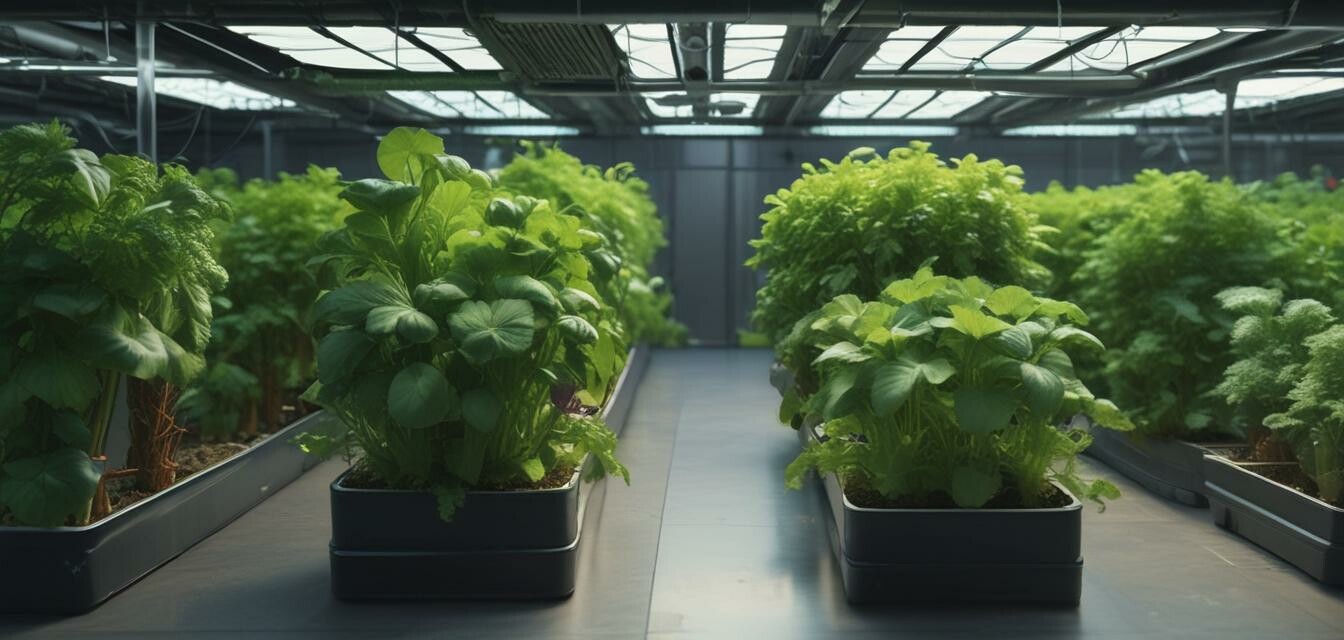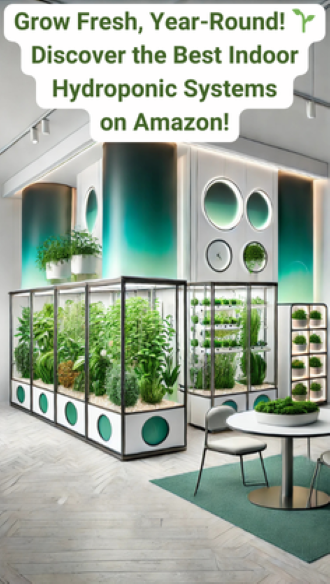
Uncommon Plants to Experiment with in Hydroponics
Key Takeaways
- Explore unique plants that can thrive in hydroponic systems.
- Learn optimal growth conditions and care tips for each variety.
- Discover how to maximize yields with uncommon plant selections.
- Experience the benefits of growing rare herbs and vegetables in your indoor garden.
Hydroponics offers a fantastic opportunity to grow a variety of plants without the traditional soil-based limitations. While the common crops like lettuce and tomatoes are well-known, there are many lesser-known plants that can flourish in these systems. If you're ready to venture beyond the ordinary, let’s explore some uncommon plants that are perfect for hydroponic gardening!
Why choose uncommon plants?
Choosing uncommon plants can lead to exciting gardening experiences. Here are a few reasons to experiment:
- Discover unique flavors: Many uncommon herbs and vegetables offer distinct tastes and culinary possibilities.
- Boost biodiversity: Adding rare varieties can prevent your indoor garden from becoming monotonous.
- Enhance learning: Experimenting with unique plants can deepen your understanding of hydroponic systems.
Top uncommon plants to grow hydroponically
| Plant Name | Growing Conditions | Harvest Time | Summary |
|---|---|---|---|
| Shiso (Perilla) | Prefers warm temperature, moderate light | 30-60 days | Unique herb with a minty, basil-like flavor, commonly used in Asian dishes. |
| Chinese Water Spinach (Kang Kong) | Thrives in well-lit conditions, prefers warm environments | 50-70 days | Fast-growing leafy vegetable popular in Southeast Asian cuisine. |
| Red Amaranth | Needs bright light; tolerates heat well | 30-45 days | A colorful edible green that adds visual appeal and is packed with nutrients. |
| Celosia | Requires high light; prefers warm temperatures | 60-90 days | Striking flowers and edible leaves; great for ornamental and culinary uses. |
| Strawberry Spinach | Moderate to high light; average temperature | 40-60 days | Produces edible leaves and bright red fruit, suitable for salads. |
Growing tips for uncommon hydroponic plants
Tips for success
- Monitor nutrient levels: Regularly check and adjust the pH and nutrient solution for optimal growth.
- Use proper lighting: Ensure that your plants receive adequate light suited to their specific requirements.
- Maintain humidity and temperature: Keep an eye on the environmental conditions, as some uncommon plants may need specific humidity levels.
- Research each plant: Understanding the growth habits and requirements of each uncommon plant will lead to better yields.
Challenges of growing uncommon plants
While experimenting with uncommon plants is thrilling, be aware of potential challenges:
- Pest and disease vulnerability: Some rare varieties may be more susceptible to pests or diseases, requiring careful monitoring.
- Availability of seeds or cuttings: Finding seeds or cuttings for uncommon plants can be more challenging than traditional options.
- Specialized care requirements: Some plants may need more specific conditions than commonly grown varieties, making them a bit more complicated to manage.
Expand your hydroponic garden with uncommon plants
Experimenting with uncommon plants not only diversifies your hydroponic garden but also allows you to enjoy unique flavors and experiences. Don't hesitate to explore other resources that can provide more detailed insights into the specific requirements of each variety.
Conclusion
Hydroponics is not just about growing conventional crops; it’s an adventure in exploring different varieties! Embracing uncommon plants can yield surprising benefits, including delicious new flavors, enhanced visual beauty, and increased learning opportunities. Why not give it a try? Your taste buds and your indoor garden will thank you!
Pros
- Unique flavors and culinary possibilities.
- Visual variety and aesthetic appeal.
- Opportunity for learning and experimentation.
Cons
- Pest and disease susceptibility.
- Limited availability of seeds or cuttings.
- May require more specific care and conditions.
Further reading
Explore more about growing techniques and resources with these links:
